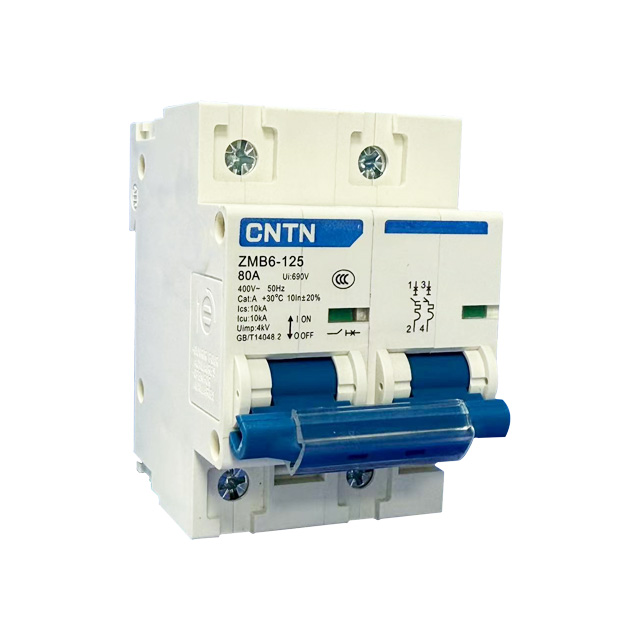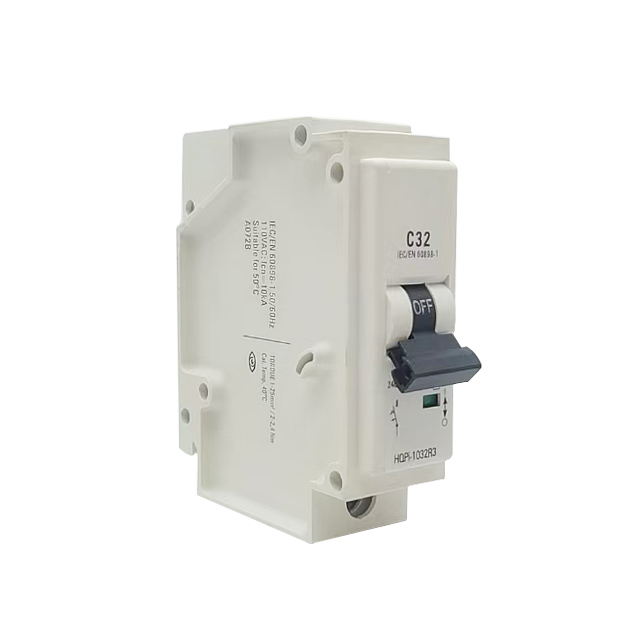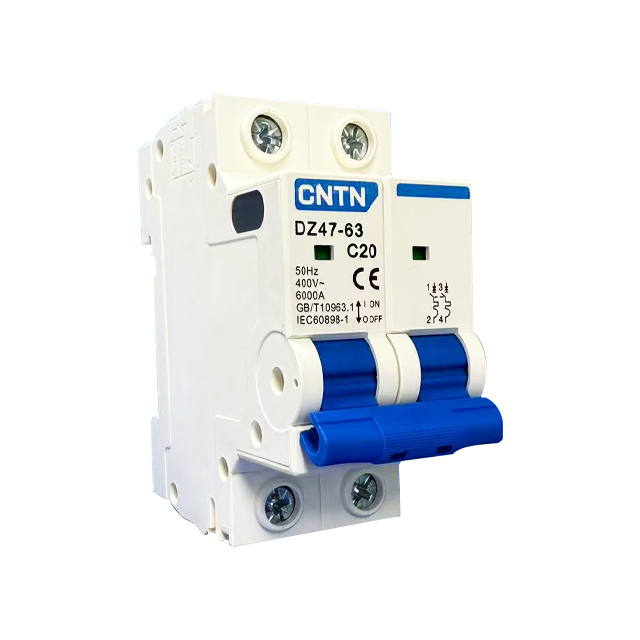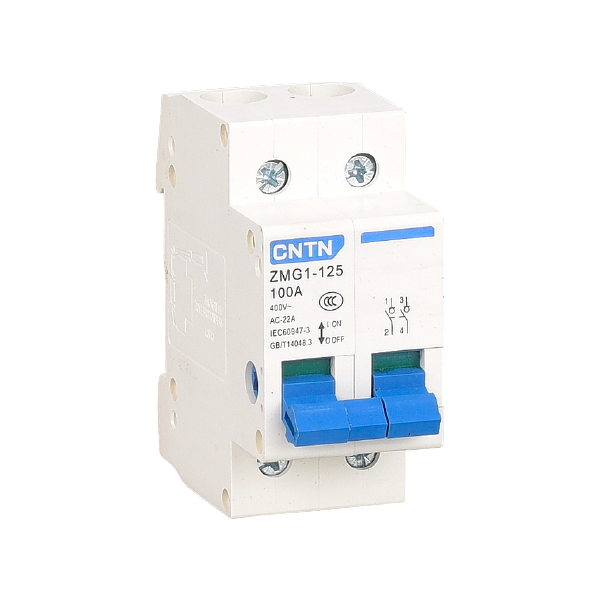Miniature circuit breaker
- Over 10 years of experience in manufacturing Miniature Circuit Breakers (MCB).
- Fast production delivery capability
- Provide product customization
- We provide 24-hour online service to you
Our products
Where can you use our miniature circuit breakers?

Miniature Circuit Breakers (MCB) are used in family residences
In residential scenarios, miniature circuit breakers (MCB) are installed in household distribution boxes, and applied to lighting circuits, socket circuits, high-power household appliance circuits, residential main switches, etc.

Miniature Circuit Breakers (MCB) are used in shopping malls
Miniature Circuit Breakers (MCB) are suitable for the complex power demand in commercial premises, covering both single-phase and three-phase circuits, and need to balance “multi-circuit protection” and “equipment stability”.

Miniature Circuit Breakers (MCB) are applied in industry
In industrial scenarios, MCBs suit 380V three-phase circuits/industrial equipment’s special power needs, focusing on inrush current resistance & stable protection, mostly using Type D tripping curves.

Miniature Circuit Breakers (MCB) are applied in the new energy field
In the new energy field, miniature circuit breakers (MCB) can be used for power distribution on the low-voltage side of household photovoltaic inverters and in the output circuits of small energy storage devices
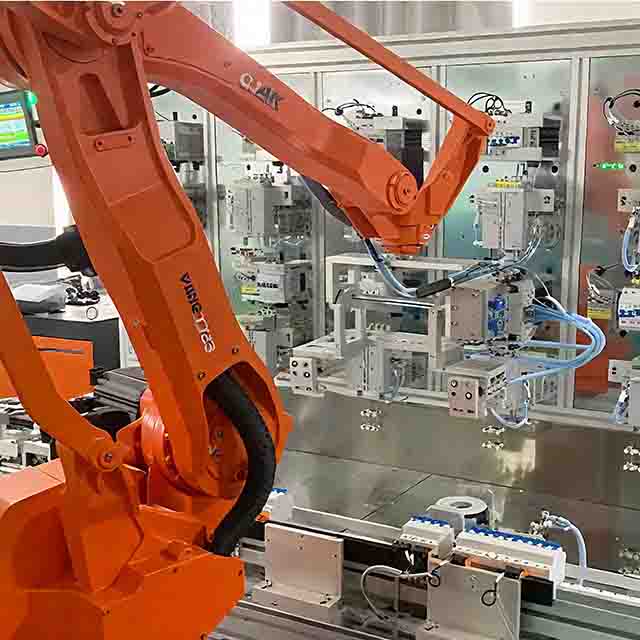
Miniature Circuit Breakers (MCB) are applied in mobile devices

Miniature Circuit Breakers (MCB) are applied inside small household appliance setups
Miniature circuit breakers can provide built-in protection for small household appliances: they protect the appliances themselves against overload/short circuit, preventing the spread of equipment faults to the main household circuit
What is your application?
Frequently Asked Questions
What is a Miniature Circuit Breaker (MCB)?
Miniature Circuit Breaker (MCB) is a small electrical device that protects circuits from damage caused by overcurrent or short circuits. It automatically interrupts the current flow when it exceeds safe limits, preventing potential hazards such as fires or equipment failure. MCBs are commonly used in residential and commercial electrical systems for reliable and efficient circuit protection.
How MCBs work?
Micro circuit breakers (MCBs) monitor the current flowing through the circuit in real-time. Under normal conditions, they remain closed (allowing current to pass). If the current exceeds the preset ‘rated current’, the MCB will automatically ‘trip’ (disconnect the circuit), cutting off the power to prevent overheating, melting of wire insulation, or electrical fires. electromagnetic.
Types of Miniature Circuit Breakers (MCB)
Miniature Circuit Breakers (MCBs) are categorized based on multiple criteria to suit different electrical systems, load types, and safety requirements. The most critical classifications include tripping curves (response to overcurrent), pole configuration (number of circuits protected), current rating (maximum safe current), and specialized designs for specific applications. Below is a detailed breakdown of each type, their characteristics, and typical uses.
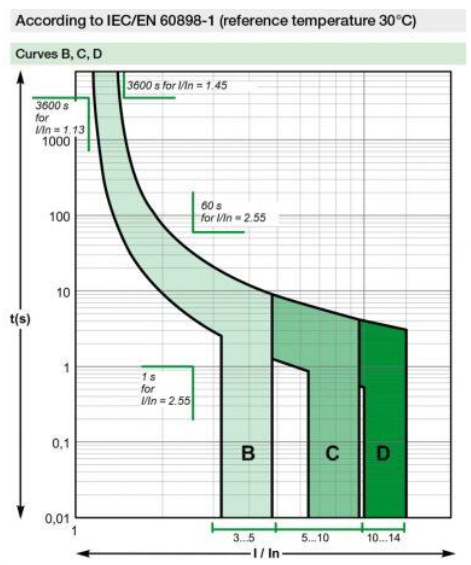
Type B MCBs
Type B Miniature Circuit Breakers (MCBs) trip sensitively when the current reaches 3 to 5 times their rated current. Designed for circuits with low inrush current, they are typically used in residential or commercial wiring, such as lighting circuits, sockets, and small household appliances.
Type C MCBs
Type C Miniature Circuit Breakers (MCBs) trip sensitively when the current reaches 5 to 10 times their rated current. As common overcurrent protection devices in low-voltage power distribution systems, they are mainly used for residential, commercial, and small-scale industrial loads that have a certain level of inrush current during startup, but with non-extreme inrush intensity.
Type D MCBs
A Type D miniature circuit breaker (MCB) trips sensitively when the current reaches 10 to 20 times its rated current. Its core feature is high tolerance to “inrush current”, and it is specifically designed for inductive loads with large starting surges or industrial scenarios.
